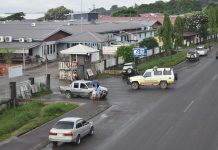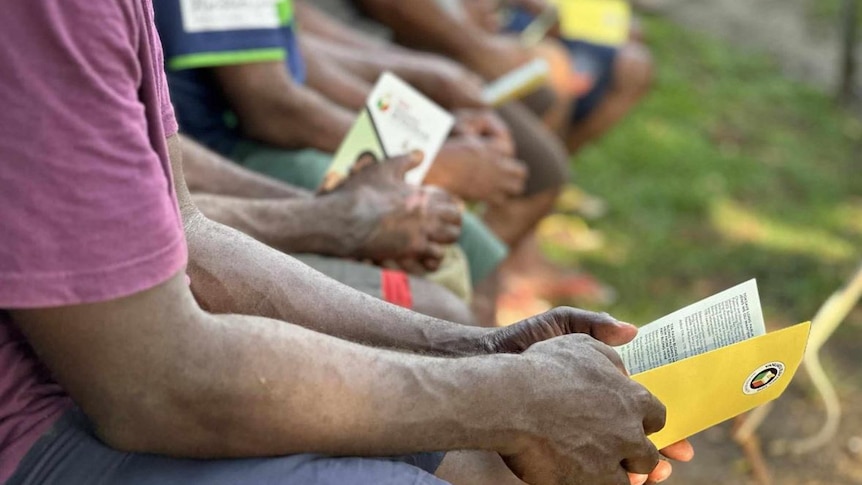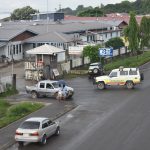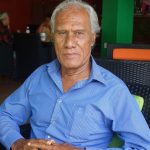The official counting of votes for Vanuatu’s inaugural Referendum commenced Monday, with the process overseen by Edward Kaltamat, Chairman of the Electoral Commission (EC), and Principal Electoral Officer (PEO) Guilain Malessas, and members of the EC and Electoral officials.
Kaltamat and Malessas explained that the counting procedure for this referendum is different from normal elections.
The Electoral Office and the EC are responsible for the counting, similar to regular elections.
Officers began by sorting the ballot papers, which are divided into Green and Red for 17A and 17B. The process involves opening ballot boxes, removing envelopes, and sorting the ballots into piles for 17A Yes, 17A No, 17B Yes, 17B No, and void votes.
They explained that the officers would then count the votes, fill in tally sheets, record the results in the official report book, and sign off.
Unlike national elections, all referendum vote counting is taking place in Port Vila, with no initial unofficial results.
There are only two types of ballots: Green and Red for 17A and 17B. Kaltamat said there are four tables, each manned by five people, are used for counting. The process started with a demonstration to ensure everyone understood their roles.
The counting commenced at the Anglican Polling Station in Port Vila. Officers opened ballot boxes to verify they were untampered, then sorted and counted the ballots in groups of ten, with each batch verified by a second person. This method ensures accuracy and transparency.
There are 379 polling stations in total. According to the Referendum Timeline, official results are expected to be declared on 10 June, 2024. However, Kaltamat mentioned potential delays due to the ongoing arrival of ballot boxes and possible unforeseen issues, such as marine warnings affecting transportation.
The EC will conduct a final check, endorse the results, and enter them into the system. For overseas polling stations in New Caledonia, Australia, and New Zealand, voting closed on Sunday. The Commission plans for all ballot boxes from these locations to be transported back to Vanuatu on the same flight for security reasons, aiming for their arrival by 6 or 7 June. Flight issues may delay this until 7 June. There are 21 overseas polling stations.
PEO Malessas acknowledged that this process requires commitment, with the initial counting at the Anglican Polling Station in Port Vila serving as a familiarisation exercise for officials. He touched on the importance of transparency and accountability throughout the task.
For this referendum, more personnel have been recruited and trained over the past three months to assist with referendum preparation and now the counting process.
Malessas acknowledged the government’s efforts in facilitating overseas voting, particularly in New Caledonia, Fiji, New Zealand, and Australia. He confirmed that ballot boxes from Port Vila, Efate, and Tafea Province have arrived in Port Vila. Despite only having 13 polling stations, Port Vila’s large number of registered voters made the counting process lengthy, taking almost three hours for one station yesterday morning.
The counting process will then move from Port Vila to Efate, Tanna, and the Tafea Outer-Islands. Ballot boxes from other islands, including the Shepherds, Tongoa, Epi, Ambrym, Pentecost, Ambae, Maewo, and Torba, are en route to Port Vila.
To ensure fairness and transparency, observers are present during the counting, which is also live-streamed by the Vanuatu Broadcasting and Television Corporation (VBTC) and on the 2024 Referendum Facebook Page.
Kaltamat emphasised their trust in the officers responsible for the counting. “Whatever the result, it is the people who have spoken. If more people voted ‘No’, it is the voice of the people, and vice versa for ‘Yes’,” he said.














